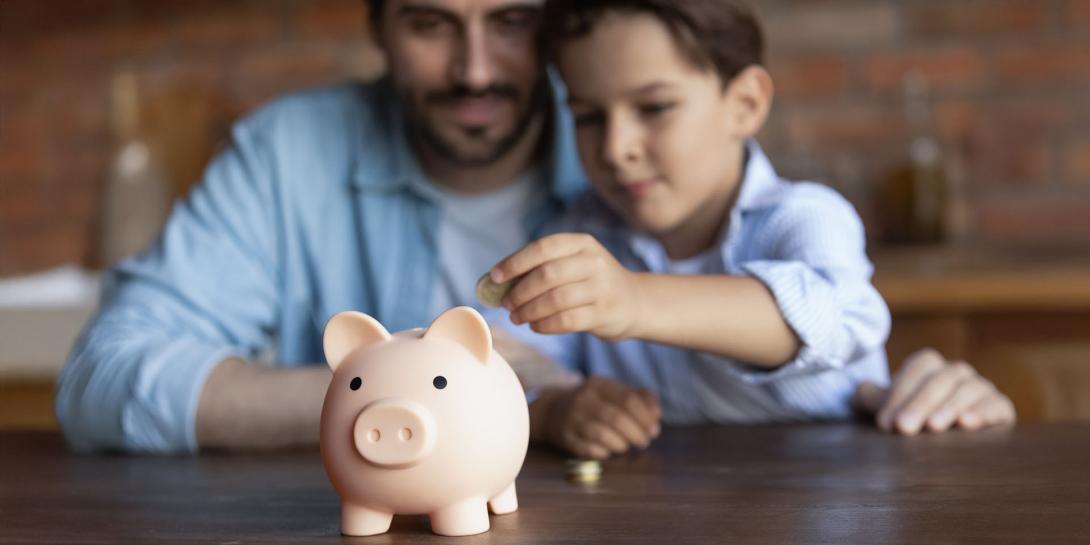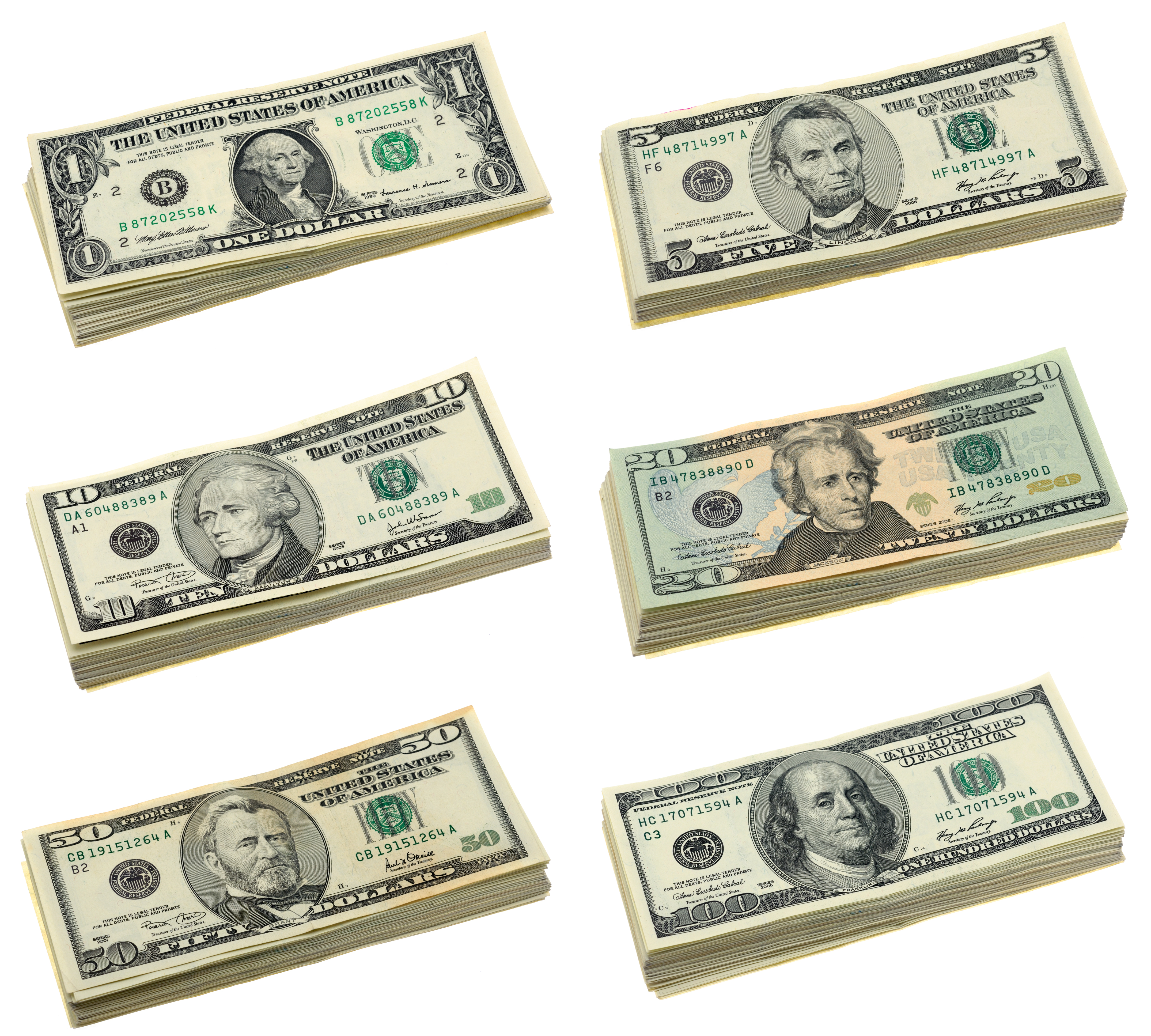Why Money Matters: An Intro for Kids and Teens

An essential aspect of parenting is teaching your children about money. Share this article with them to help them understand the basics of money.
Have you ever wanted to buy the latest video game system? That cool new phone? Those limited-edition sneakers? If so, then you know why money is important. You’ve probably also heard adults in your life talking about how much everything costs – from houses to cars to groceries. This is why it’s so important to learn to save, and not always spend, spend, spend.
In this article, we’ll explore the basics of money – where it comes from, different types of money, and how we use it every day. By the end, you’ll be on your way to becoming a financial expert!
What Is Money?
Before money existed, people traded things they had for things they wanted. This was called bartering. For example, someone might trade a basket of apples for a pair of shoes. Money was created to make trading easier by giving everything a set value. A long time ago, people used gold, silver, beads, or shells as money.
Today, we use currency, like the US Dollar. Currency is money that has a set value we all agree on. This agreement helps us understand how much things cost, like a $12 movie ticket or a $6,000 trip to an amusement park.
It’s easy to spend money quickly if you’re not careful. But you can also save money for things you want in the future. You might save coins in a piggy bank for a new game or put money in a savings account at a bank for bigger things like a car or college. Saving money is a good habit to start early.
What Are the Types of Money?
The U.S. Mint makes all of our coins and paper money. There are several different types of money, with coins representing the smallest values. As you know, a penny is worth 1 cent, a nickel is 5 cents, a dime is 10 cents, and a quarter is 25 cents. There are also 50-cent and $1 coins, but they aren’t used as much.
You might use coins to buy something that costs an exact amount, like a snack from a vending machine. You can also save your coins until they add up to dollars and exchange them at the bank.


Paper money, or bills, come in $1, $5, $10, $20, $50, and $100 values. You can use paper money almost anywhere, like at a restaurant or a store.
How We Pay: Different Forms of Payment
While cash is common, there are many other ways to pay for things, both in person and online:
- Personal checks: Paper documents that let you pay from your bank account.
- Debit cards: Plastic cards that take money directly from your bank account.
- Credit cards: Plastic cards that let you borrow money to repay later.
- Prepaid cards: Plastic cards with a set amount of money.
- Gift cards: Prepaid cards you can use at specific stores.
- Contactless payments: Using a card or phone app to pay without touching the card reader.
- Digital wallets: Storing payment options on your phone for easy payment.
- Bank transfers: Moving money from one bank account to another.
- Peer-to-peer payment apps: Apps that you can use to send money to friends, family and other people you know and trust.
- Cryptocurrency or crypto: Digital money not controlled by banks or governments. Most places do not accept crypto it is unpredictable and risky.
Where Does Money Come From?
Think about the adults in your life. Most of them work jobs where they earn a wage or salary. Teachers, doctors, retail workers, restaurant servers, drivers, and even astronauts earn money for their services. People earning salaries get regular paychecks, while wage workers earn a fixed rate for whatever hours they work.
Even if you’re too young for a job, you can still earn money. Babysitting, pet-sitting, mowing lawns, and shoveling snow are ways kids can earn money.
You could also sell things to earn money – from lemonade on hot summer days to handmade art or jewelry to clothes, books, or toys. Just get your parents’ permission first if you are setting up a garage sale or trying to sell something.
Finally, you might receive some money in the form of gifts. Especially as you get older, gift cards or cash are popular choices to celebrate birthdays, graduations, holidays, and more.
Use Your New Knowledge Wisely
Now you know what money is and why it’s important. Remember, spending money helps you get what you want, but saving money helps you reach bigger goals.
To take your savings to the next level, ask your parents to help you open a savings account at your local Pinnacle Bank!